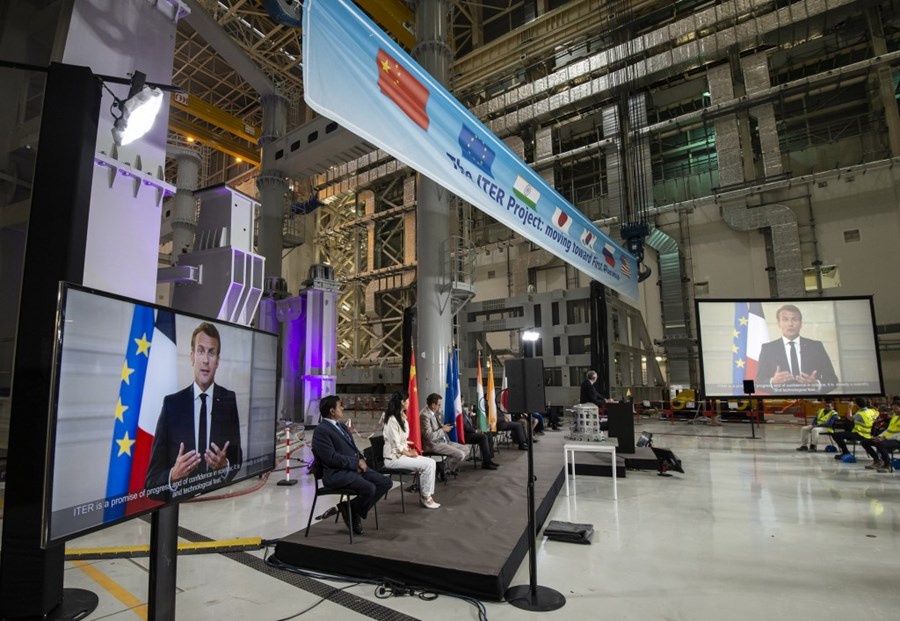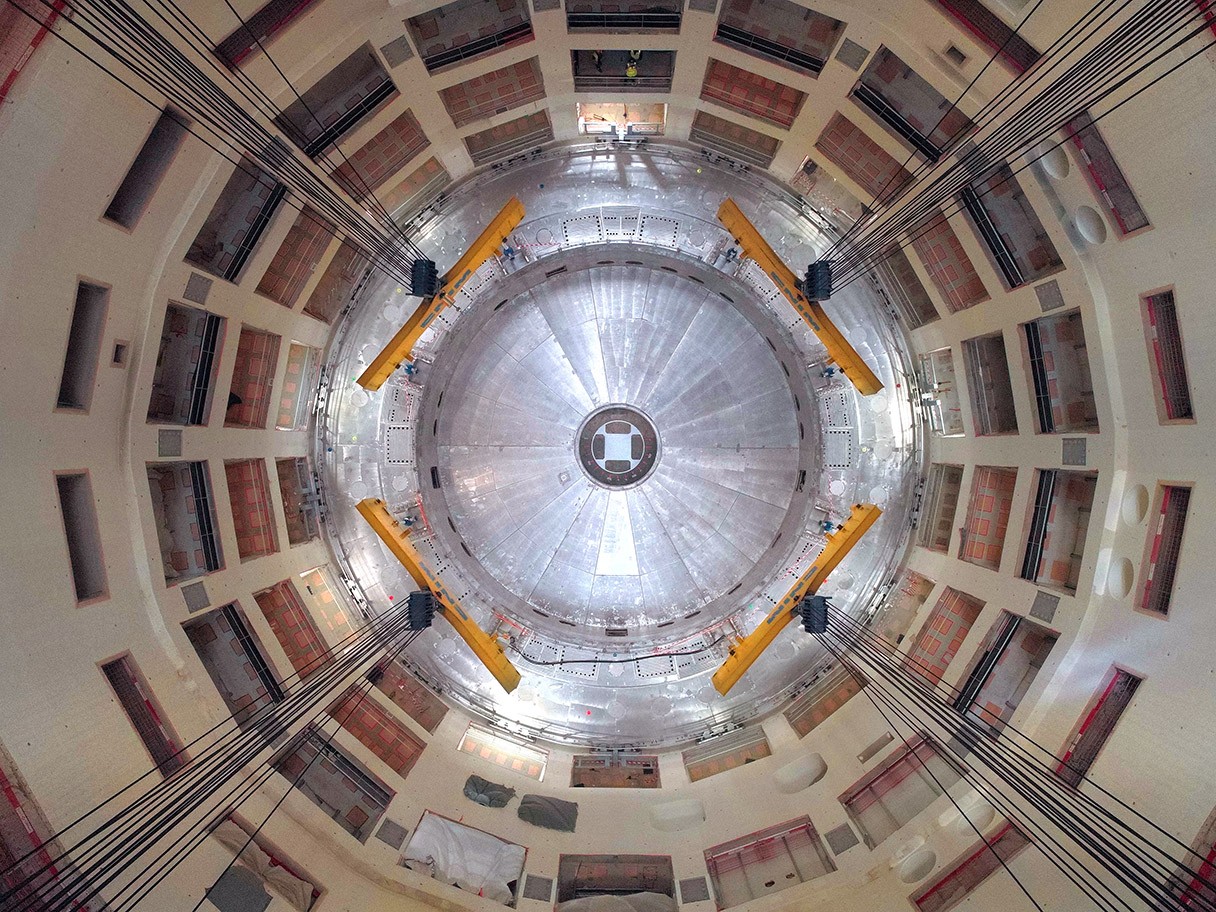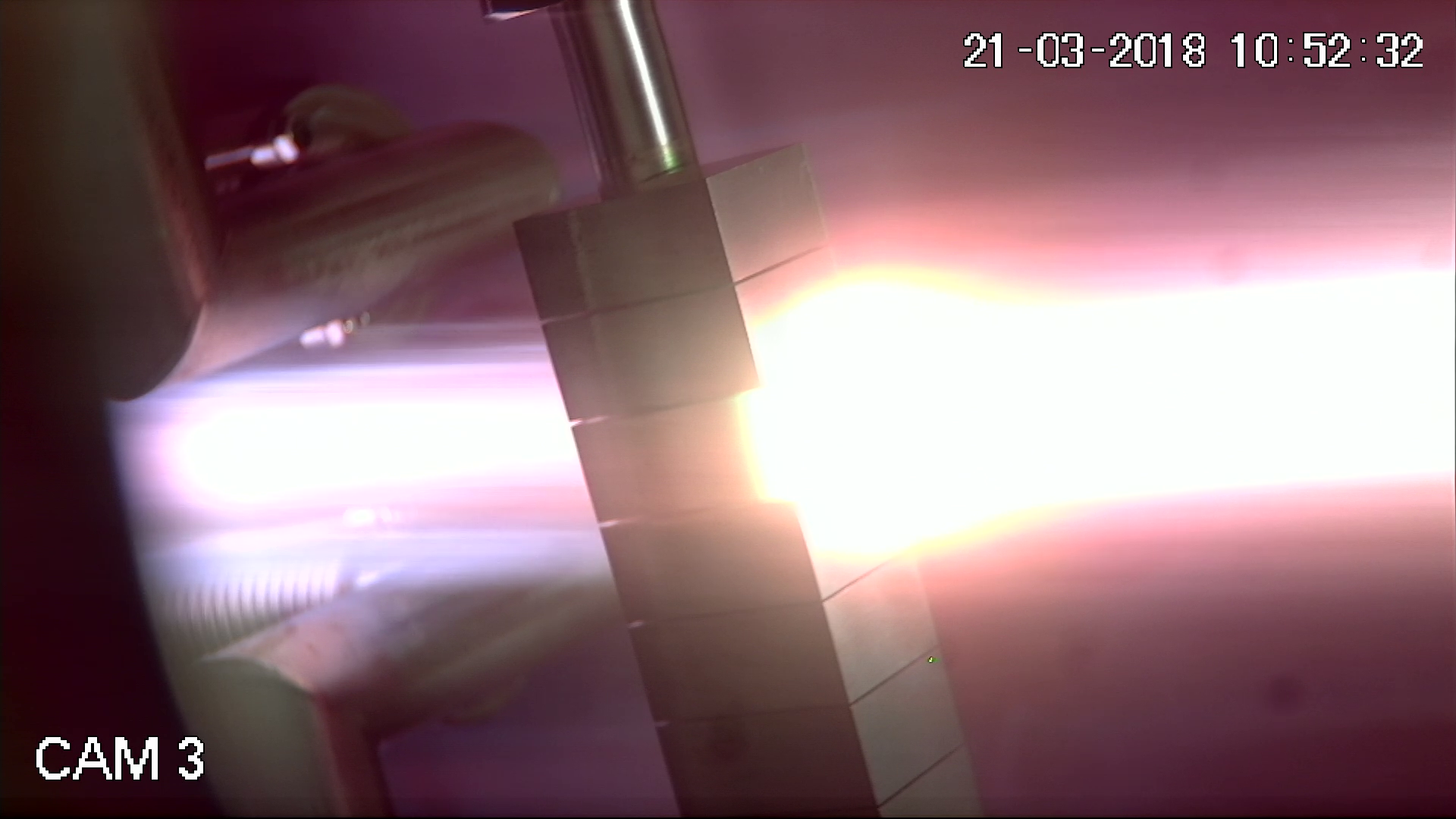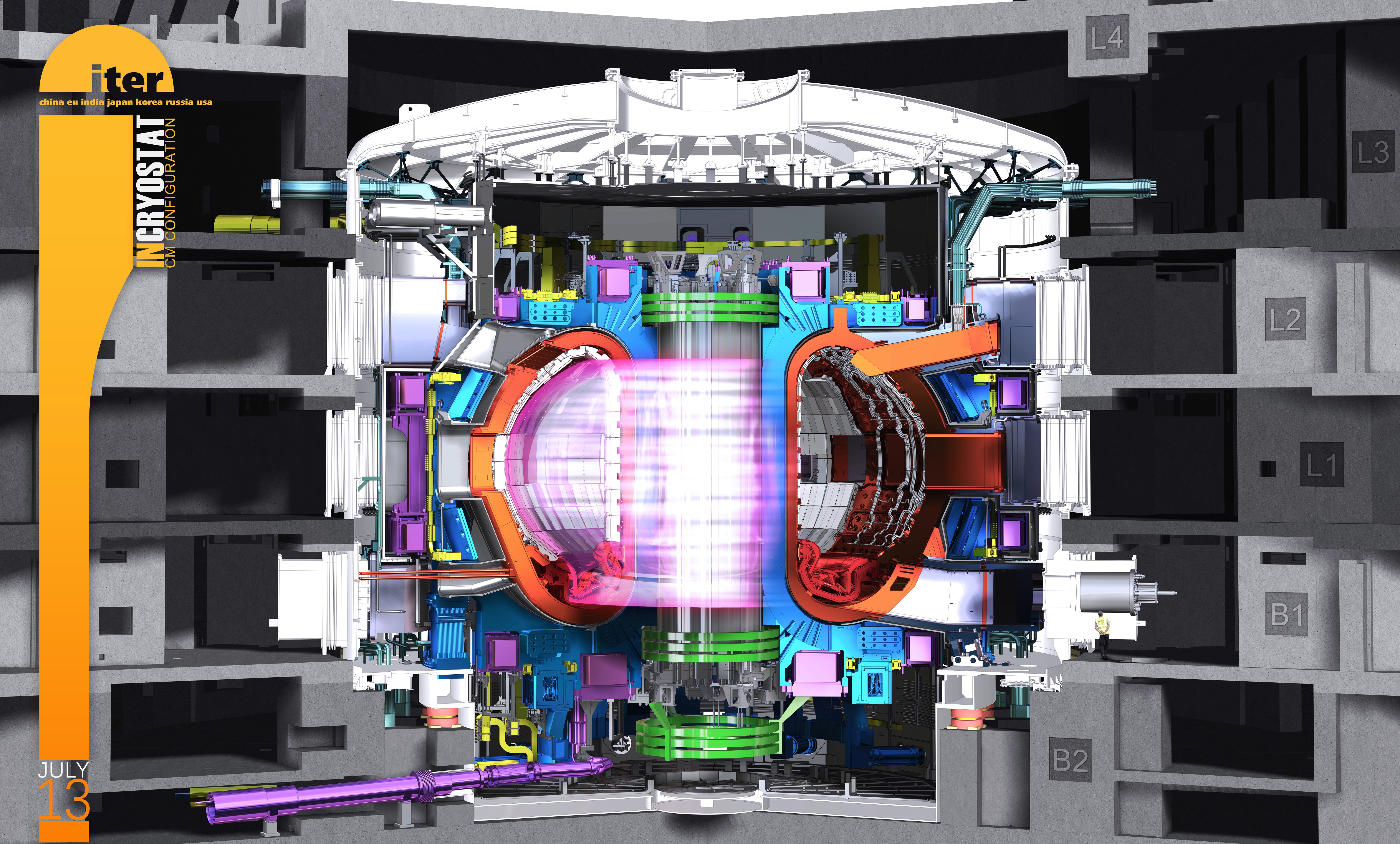"ITER is a promise of progress and of confidence in science; it is already a scientific and technological feat." With those words, the French President Macron welcomed the Start of Machine Assembly of the international fusion reactor ITER. On behalf of the seven ITER members, government leaders and representatives celebrated the fusion project reaching this important milestone on July 28th 2020. ITER is the largest nuclear fusion project in the world and will produce its First Plasma in 2025. The reactor is designed to demonstrate the technical feasibility of producing clean, nearly inexhaustible power from the same process that powers the sun and the stars.

Components weighing hundreds of tons and stretching for tens of meters arrived at the ITER site at Saint-Paul-lès-Durance in southern France over the past months. There, researchers, engineers and companies from 35 countries are building the first ever fusion reactor that can produce more power from fusion than is needed to keep the fusion process going.
The start of the Machine Assembly Phase is a milestone for the ITER community. The project now switches from delivering enormous experimental and construction halls and immense cranes to building up the actual tokamak, the name of this type of reactor. That involves components from across the world, because ITER is a collaboration of the EU, China, India, Japan, Korea, Russia and the United States. Dutch researchers also contributed to ITER.

Dutch contributions to ITER
Egbert Westerhof, head of the DIFFER research theme on Fusion Energy: "At DIFFER we contribute to ITER through our research facility Magnum-PSI, which is the only laboratory facility in the world capable of testing wall materials under the extreme conditions expected in ITER. We also work to predict, measure and control the temperamental processes in the fusion plasma." In addition to the work at DIFFER, the Netherlands contribute to ITER through the European consortium for fusion research EUROfusion, with research on superconducting magnets at Twente University, materials research at ECN and with the unique Masters track on fusion at Eindhoven University of Technology (TU/e).
DIFFER directeur and professor in nuclear fusion kernfusie Marco de Baar: "ITER consists of state of the art equipment, that has had to be specifically designed and constructed. That is why we joined forces with Dutch researchers and companies in the ITER-NL project." Within ITER-NL, specialized systems were designed such as the charge exchange and recombination spectroscopy diagnostic CXRS, with TU/e and TNO, the heating system ECRH and technology for remote maintenance using robotics together with Heemskerk Innovative Technology. Recently, the Netherlands also developed the diagnostic system VSRS in a collaboration between TU/e, TNO and the DIFFER start-up Chromodynamics.

Magnetic cage
ITER's tokamak pit will house a cylindrical cryostat 29 meters high and wide. This huge thermos will keep the meters high superconducting magnets of niobium-tin at their operating temperature near absolute zero. All that to build a magnetic cage that will confine the ITER plasma of hundreds of millions degrees Centigrade. Only at those extreme conditions does fusion happen; heavy isotopes of hydrogen collide at high speeds and fuse together to form helium, releasing energy in the form of heat just like in the core of the Sun.
ITER is an experiment still and will not produce electricity. The machine will instead allow scientists to study the ideal fusion conditions. ITER will also test technologies to produce the rare fusion fuel tritium on site. If those experiments are successfull, the ITER partners are ready to each build their own demonstration fusion power plants or DEMO reactors by 2050.
President Emmanuel Macron: "ITER is clearly an act of confidence in the future. Breakthroughs in human history have always proceeded from daring bets. From journeys fraught with difficulty; at the start, it always seems that the obstacles will be greater than the will to create and progress. ITER belongs to the spirit of discovery, of ambition, with the idea that, thanks to science, tomorrow may indeed be better than yesterday."

Go to the News page.